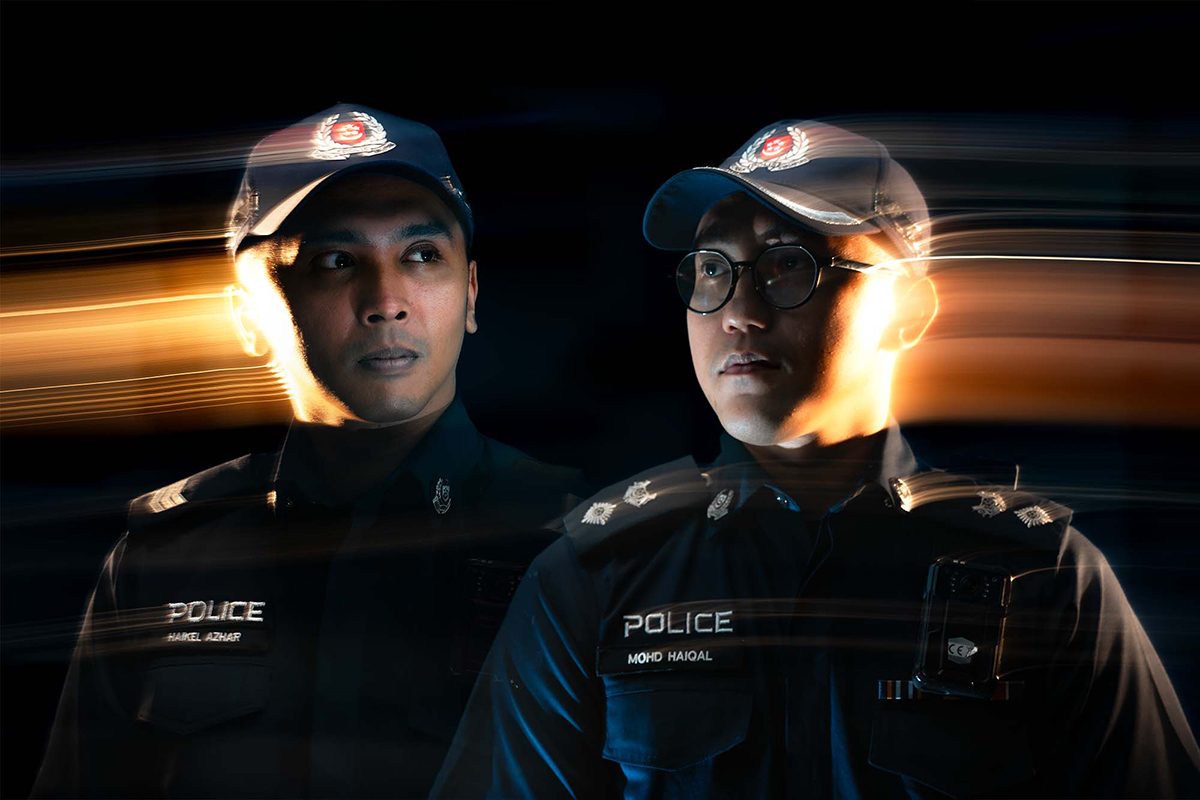Home › In The Force › The urban dweller’s emergency survival guide
Home › In The Force › The urban dweller’s emergency survival guide
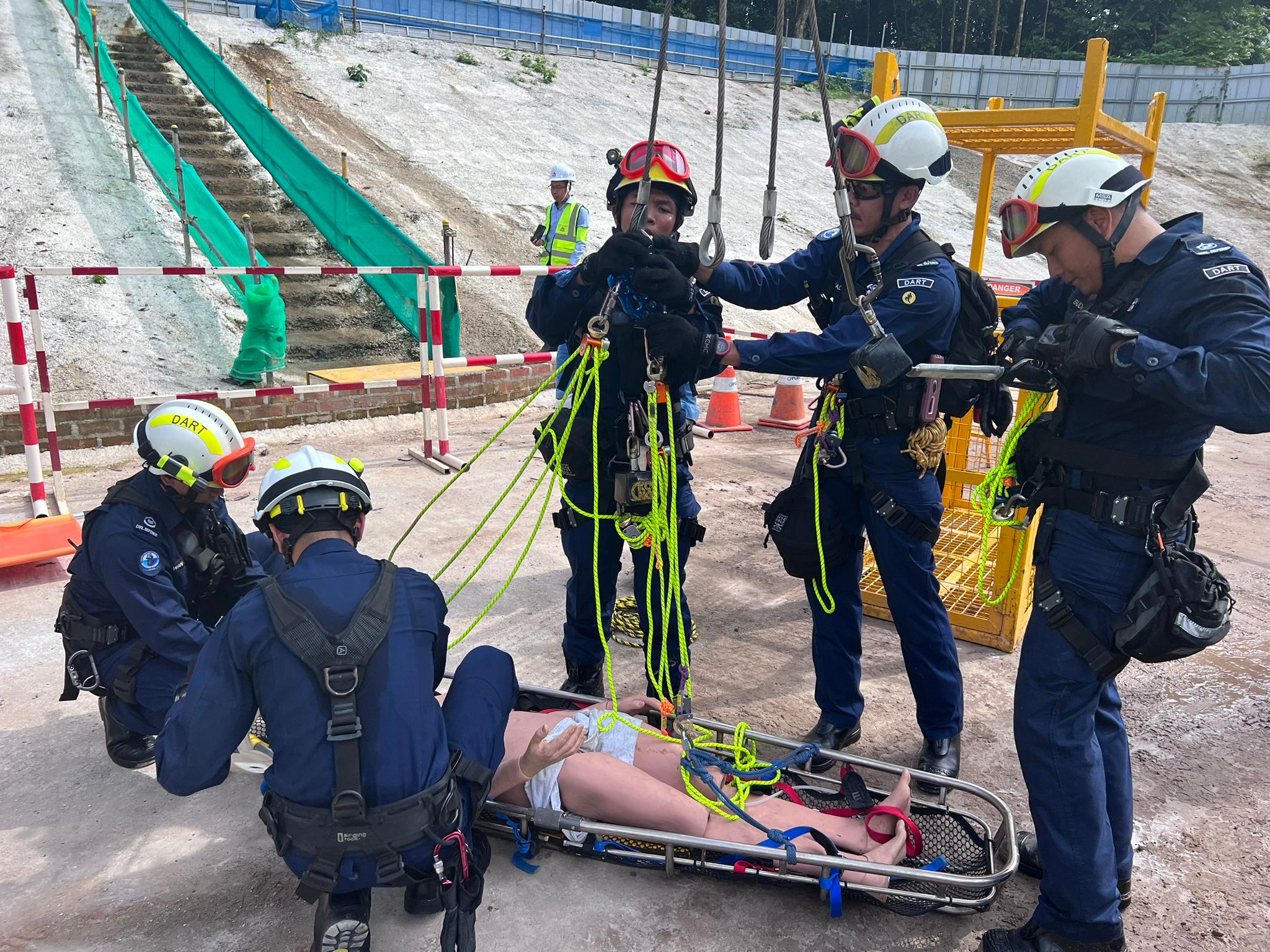
When you’re in need of rescue, what should you do to give yourself the best chances of survival? Let WO1 Md Fadly Bin Ismail, a Rescue Section Commander from the Singapore Civil Defence Force (SCDF)’s Disaster Assistance and Rescue Team (DART), advise you on how to navigate various urban crises.
TEXT: MELODY TAN
IMAGES: SINGAPORE CIVIL DEFENCE FORCE, SHUTTERSTOCK
It’s just a routine day at work or home – until something happens, and you find yourself trapped, injured or unable to move.
That was the case for a man who fell four metres into a factory’s sprinkler pump room in November last year, when he was conducting maintenance work. A SCDF paramedic climbed down a cat ladder with four other SCDF officers to reach and stabilise him, before he was attached to a Disaster Assistance and Rescue Team (DART) officer and lifted out of the room.
We speak to WO1 Md Fadly Bin Ismail, a Rescue Section Commander with DART, to find out what you can do to minimise rescue complications and ensure the best chances of survival, should you ever find yourself stuck in a malfunctioning elevator or at the bottom of a manhole.
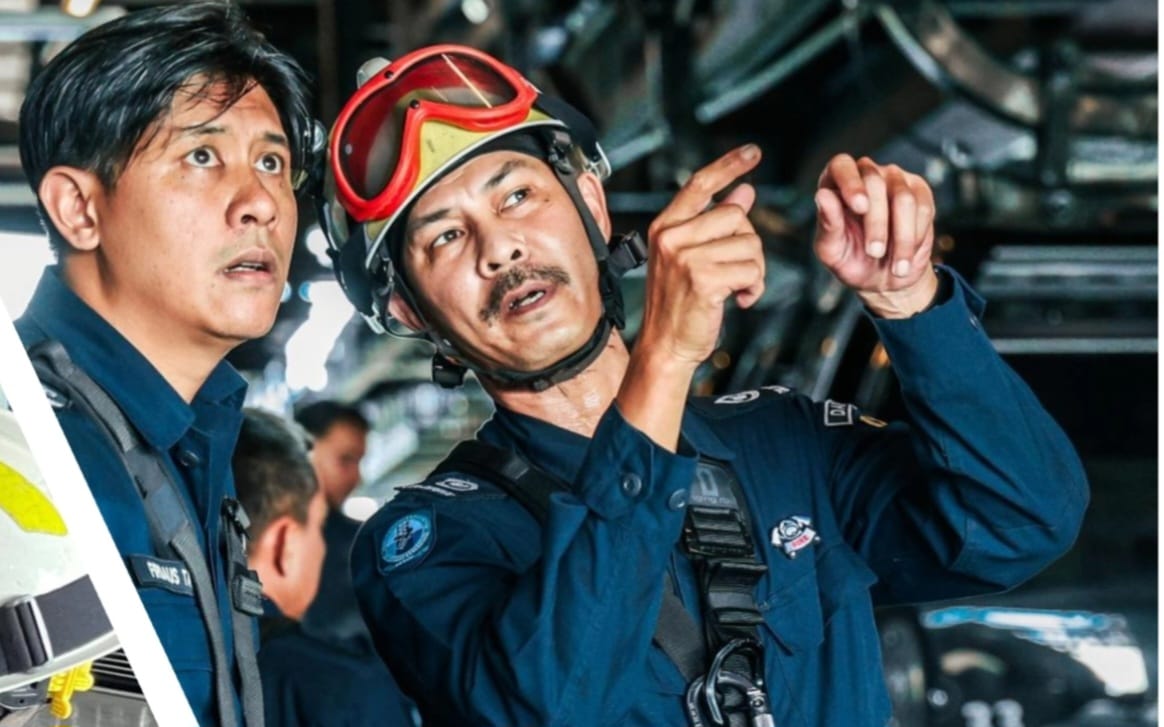
SCENARIO 1: STUCK IN A FAULTY LIFT
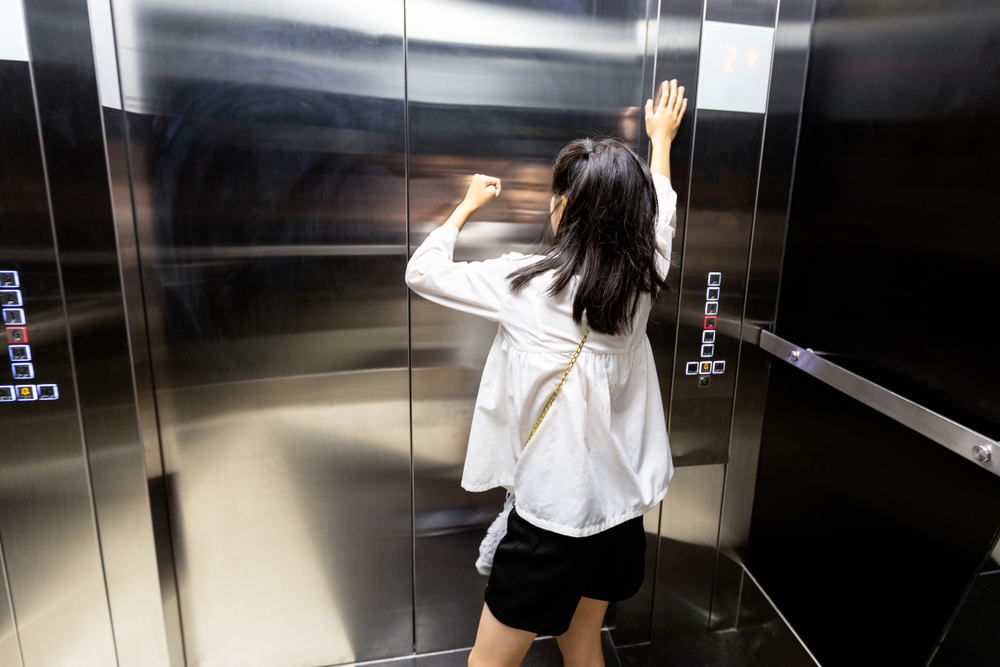
Forget all the movie scenes where people pry open elevator doors with their bare hands – that’s a no-no, according to WO1 Fadly.
Instead, stay calm and refer to the information panel beside the lift buttons for contact details of the Town Councils’ Essential Maintenance Service Units (EMSU) or the building management.
“Contacting them should be your first move, since their lift technicians will have access to the lift motor room and are professionally trained to handle lift failures and rescues. Press the emergency call button for assistance and ring the emergency bell periodically to seek help,” said WO1 Fadly.
The lift may get hot and stuffy if the air-conditioning isn’t working. Remember to regulate your breathing and conserve your energy. He added: “If there’s a medical emergency – such as someone in the lift fainting, having difficulty breathing, or suffering from cardiac arrest or trauma injuries – call 995 and follow any instructions given.”
SCENARIO 2: FALLING INTO THE GAP BETWEEN TRAIN AND PLATFORM
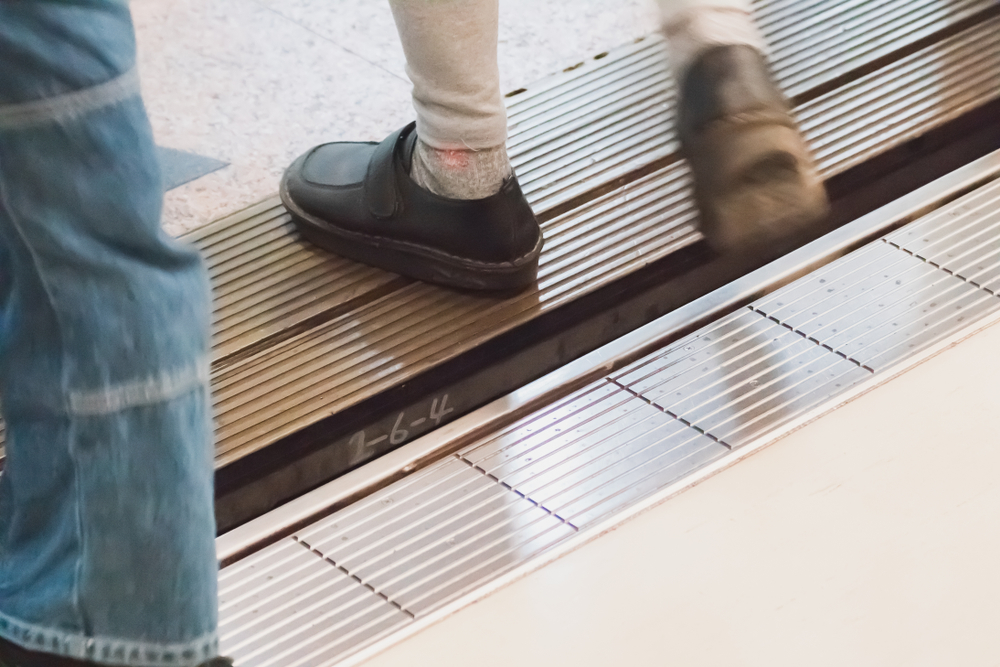
In a situation like this, it’s likely that you’ll be surrounded by bystanders. Quickly attract attention by shouting for help, then prompt someone to press the emergency stop buttons located at the train platforms. There are also emergency communication buttons within the train cabins, which can be used to alert the station staff and stop the train from moving.
WO1 Fadly advised: “If it’s safe to do so, gently adjust your position to free any trapped limb. Don’t try to yank it out forcefully – you could injure yourself further.”
If onlookers are clustered around you, request that they give you some breathing space. The station staff will also help disperse the crowd and guide you until emergency services arrive. Stay calm and cooperative; help is on the way.
SCENARIO 3: FALLING INTO A MANHOLE
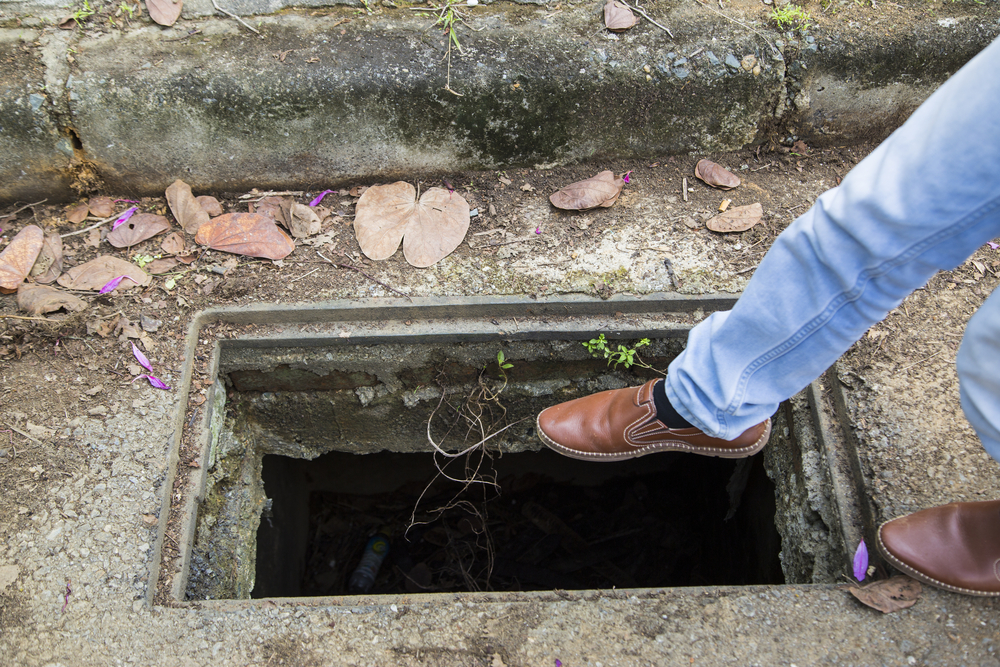
If you’re conscious after falling into a manhole, stay put and avoid moving your head in case you end up aggravating any injuries, such as damage to your spine. “Only move if you’re facing immediate danger, such as drowning or chemical exposure, and resist the urge to explore the tunnel,” he emphasised.
If you have your phone and can access mobile service, dial 995 and shout for assistance from anyone nearby. Remain calm, breathe steadily, and conserve energy as you await rescue.
SCENARIO 4: TRAPPED IN ROOM DURING A FIRE
In the event of a fire, thick smoke may severely limit visibility. “It is therefore crucial to familiarise yourself with your building’s evacuation routes beforehand and ensure these paths are unobstructed,” said WO1 Fadly. Too much clutter can prevent escape, and even constitute a fire hazard.
Upon detecting a fire, quickly assess your surroundings for the safest exit, guided by any available escape signs. If trapped, dial 995 or use a manual call point to alert the authorities, specifying your location. Close the door of the affected room to keep the fire contained.
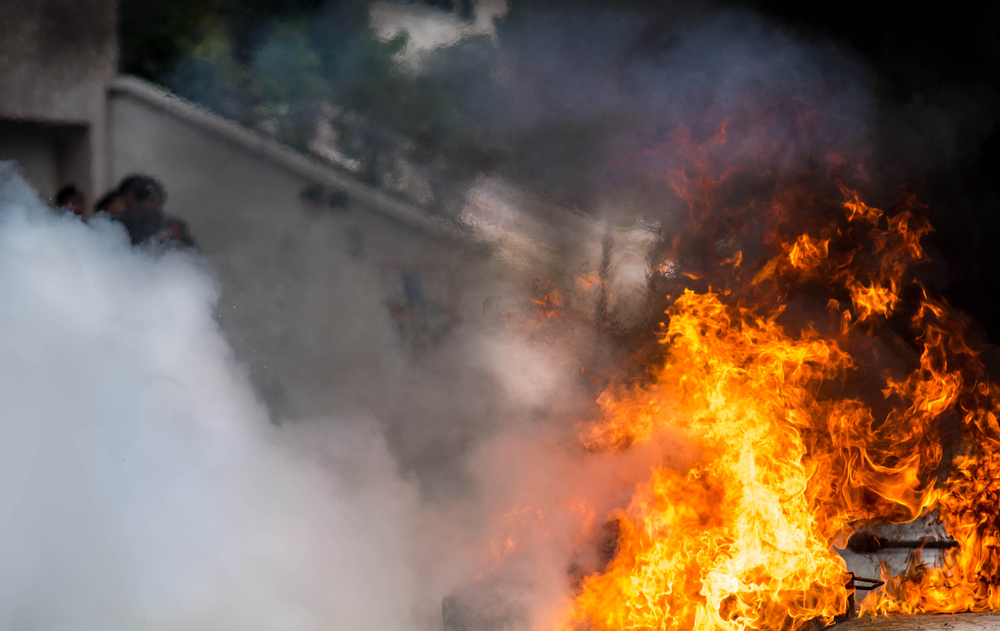
If it’s safe to do so, you can try extinguishing a small fire – but remember that oil-based fires should be smothered, not doused in water. Here are other methods on how to extinguish fires of different origins.
He added: “If you’re trapped in a smoke-logged room, use a wet cloth to cover your nose and mouth, stay low and crawl beneath the smoke towards an escape. Should evacuation be impossible, seal the room to prevent smoke from entering, stay low, regulate your breathing and conserve your energy until help arrives.”
Leave your belongings behind when evacuating and use the stairs – not the lift – as you don’t want to run the risk of being trapped. For those who live or work in a high-rise building that’s over 40 storeys, head towards the refuge floor labelled Fire Emergency Holding Area if you can’t make it to the ground floor easily. Do not re-enter the building until it’s declared safe by the authorities. Even if the fire appears to have been put out, the building may have suffered structural damage.
For more guidelines on how to survive a fire, refer to the SCDF Emergency Handbook.
SCENARIO 5: IMMOBILISED IN A CAR ACCIDENT
Last year saw a 26% increase in fatal road accidents and a 2.4% rise in injuries from 2022. If you find yourself unfortunate enough to be part of these statistics, but lucky enough to be conscious and alive, start by evaluating your condition and checking on other passengers in the car.

If you can do so safely, switch off the ignition, engage the handbrake and activate your hazard lights. Dial 995, especially if passengers are unaccounted for. In remote areas, use your car horn periodically to draw attention and assistance.
“Avoid forcibly freeing any body parts that are trapped, unless there is immediate danger to your life (like the car being on fire). Similarly, bystanders should not try to extricate you unless absolutely necessary,” said WO1 Fadly.
WHAT TO DO IF YOU ENCOUNTER SOMEONE TRAPPED OR INJURED
The first thing you should do, according to WO1 Fadly, is to stay calm, assess the situation and prioritise your own safety. After which, check if the person is responsive by gently tapping their shoulder, for example.
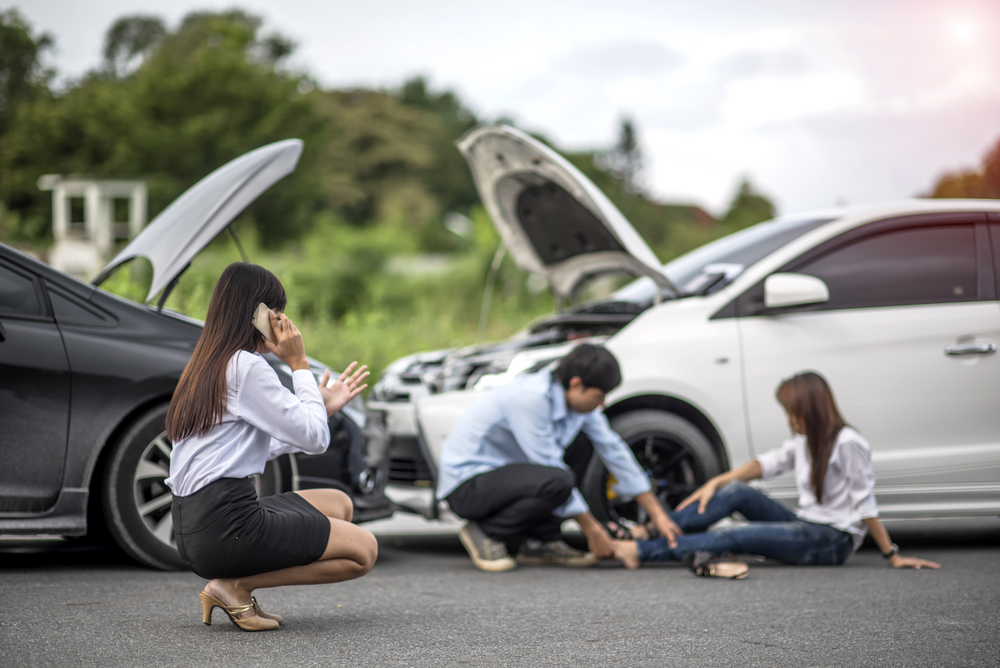
He added: “Eliminate nearby hazards safely, such as switching off machinery or engaging a car’s handbrake. Immediately call 995 and provide detailed information about the incident. If you’re trained in first aid, offer help by reassuring the victim, managing shock, controlling bleeding or stabilising their spine. Mobilise other bystanders to fetch necessary equipment, like an automated external defibrillator (AED), if required.”
Refrain from moving someone who’s trapped to avoid worsening injuries or causing paralysis. If you have no medical training, focus on other useful actions such as providing shelter, directing traffic or contacting the person’s family. Always introduce yourself when approaching to avoid startling the person, and don’t offer any food or water to prevent choking risks.
When emergency services arrive, share essential details like the number of cardiopulmonary resuscitation (CPR) cycles given or AED shocks administered. These simple measures can be the difference that helps save a life.
Like our stories? Subscribe to our Frontline Digital newsletters now! Simply download the HomeTeamNS Mobile App and update your communication preference to ‘Receive Digital Frontline Magazine’, through the App Settings.


